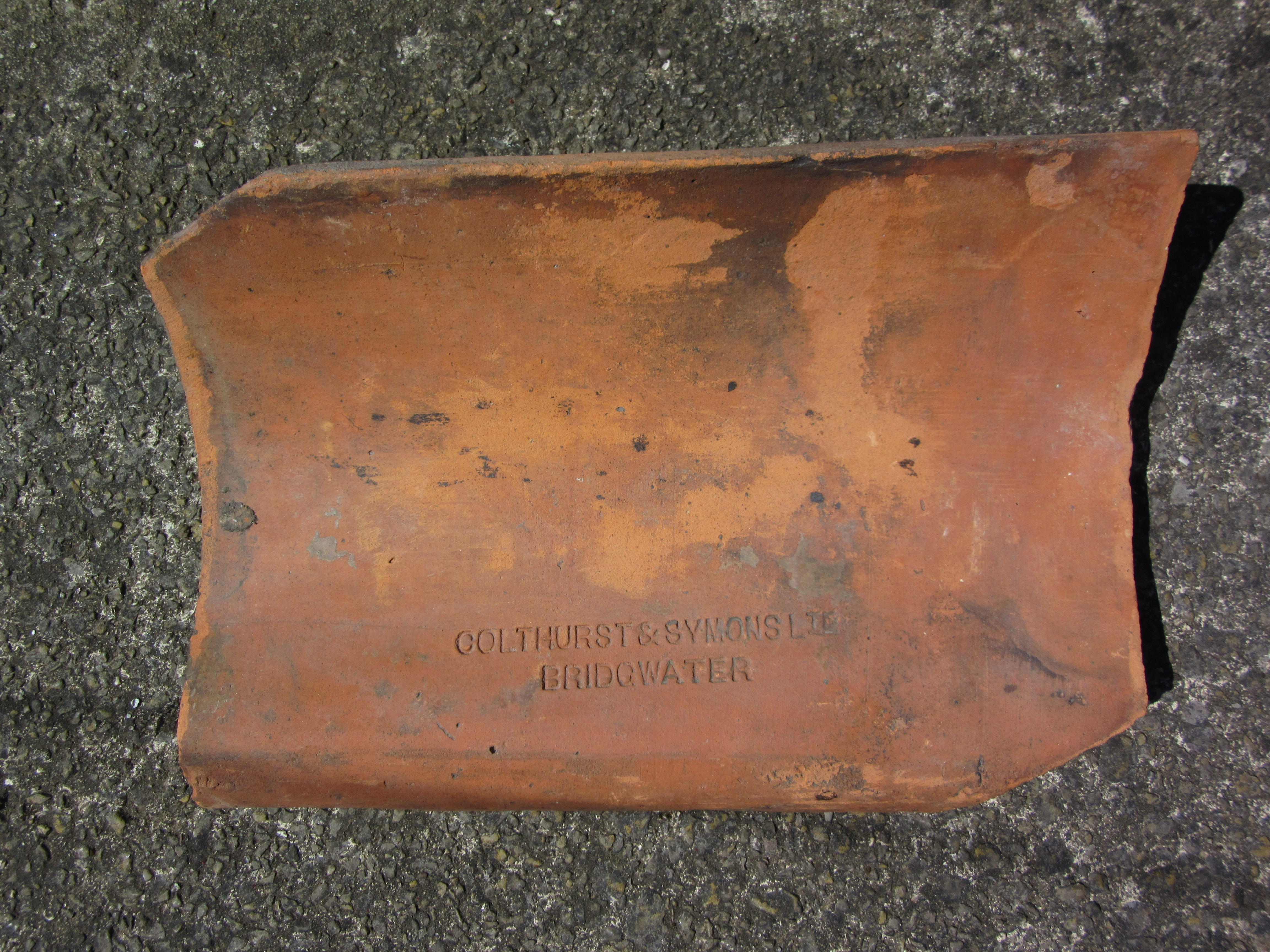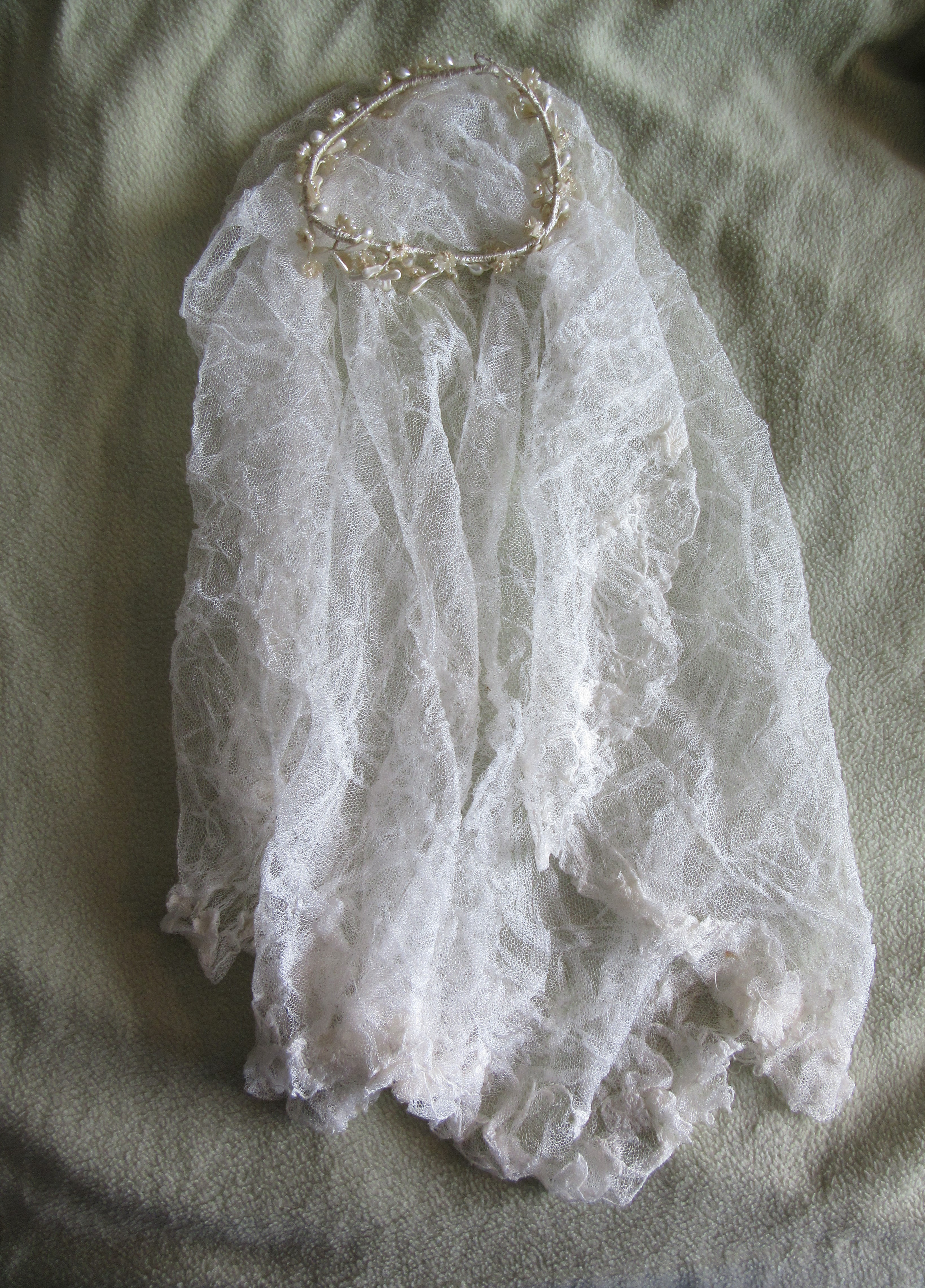 |
| Stourton Church, Wiltshire: The resting place of members of the Stourton family. |
Today’s post is one I have been planning for a little while now, but have only now got around to writing. A few weeks ago, I mentioned an online resource in one of my posts relating to the coronavirus pandemic. This resource was the History of Parliament Online. Today I will be going into more detail about the site and how it has helped me in my own research for an elusive link to a Medieval Somerset family.
Most of my ancestors, in whatever county, seem to have been fairly ordinary. Where occupations are recorded, they were generally agricultural labourers. If you think about how rural Somerset and the other South-Western counties are in comparison to others, then that kind of makes sense. The further back in time you travel, the number of people that are recorded, gets smaller. As you travel before the introduction of parish baptisms, marriages and burials in 1538 (at the earliest), the percentage of the population being record becomes more limited. Generally speaking, you will only find those who held land of some sort. Manorial records may give details of people lower down the social ladder- more on those another time.
History of Parliament Online
There are many resources which can tell you more about your ‘landed’ ancestors, but one that I found particularly interesting recently was History of Parliament Online. I mentioned in my previous post that it includes biographical details about Members of Parliament, but it does much more than that. It is an online extension of a research project called The History of Parliament. It is funded largely by the Houses of Parliament and employs a team of historians to research the history of parliamentary politics in England and later, Britain.
Some volumes have already been published and the first one covers the years 1386-1421. The project is not yet complete and there is still more research to be done for much of 15th, 17th and 19th centuries. You can find more detail about the project and the years already covered in the ‘About’ section of the website. The good thing is that the years already in print can be found on the website. The website is easy enough to search for a particular person, constituency or parliament and each article is fully referenced. This is of course, very important to us genealogists, as well as to historians. It means that the articles on the website have a higher degree of credibility and you can then go and look at the documents used yourself.
Useful biographies
So how has History of Parliament Online helped me? Well, I have been tracing back a line which originated with the Symons family (my Somerset brickyard managers). Travelling further back took them through a mixture of male and female lines (Saunders, then Siddenham/Sydenham) to Stourton. I am still trying to confirm the connection (if there is one) between the Sydenhams of Lydeard St. Lawrence (Somerset) and the Stourton family who were land holders in the county and played a part in county and country politics too.
In my quest to find out more information about the Stourtons (in the hope it would lead me to a link), I came upon some biographies about some of the male members of the family on History of Parliament Online. They were all from the earliest group of records (1386-1421). There may well be more to find in the future as the rest of the 15th century is still being researched.
John Stourton of Preston Plucknett
 |
| What used to be the site of Preston Plucknett Manor- a familiar place to John Stourton. |
John’s biography section gives a lot more detail about his life. It seems he was a lawyer, working mostly with his half-brother William. Details are recorded about his work for Royal Commissions and the family’s relationship to the church. The wonderful thing about the article, is that it does not just talk about John, but his siblings, the marriages of his daughters and the subsequent marriages of his wife after John’s death. This helps to connect female ancestral lines, which are more difficult to research the further back in time that you go; male ancestors appeared in records a great deal more.
The details that can be filled in about John’s life are brilliant for any genealogist and give a sense of the man that you might not get for other ancestors of the same period. An entry like this is only as good as the sources available though. If a landed ancestor did not do anything of note, then they may not have been recorded in the same variety of records as John Stourton. Sometimes, an ancestor is only as important as the status of their family. As John’s biography notes, it seems that the Stourton family were held in some regard already by the time that John came along. I have come across various articles and histories about the family.
Is it worth it?
For the biographies of William Stourton (John’s brother)2 and his son (also named John),3 the level of detail is similar. Familial relationships are given, details of occupations, land and contents of wills can also be seen. It makes the website well worth looking at if you have a landed ancestor. If there is a possibility that he (and in this time-period, men are certainly more likely) was an MP, then he might appear on the website. Even if you don’t know whether he was an MP or not, I think it is still worth checking History of Parliament online. It is a very small undertaking for a potentially large reward.
Unfortunately for me, I am still searching and trying to verify my connection to the Stourton family. My problem area lies just outside of the years available on History of Parliament Online. Time to look at other records and resources!
References:
- Roskell, J. S., Clark, L. and Rawcliffe, C., eds. (1993) ‘STOURTON, John I (d.1438), of Preston Plucknett, Som.’ in The History of Parliament: the House of Commons 1386-1421. Martlesham: Boydell and Brewer. https://www.historyofparliamentonline.org/volume/1386-1421/member/stourton-john-i-1438#footnoteref1_k8tsh2i : accessed 10 June 2019.
- Roskell, J. S. and Kightly, Charles. (1993) ‘STOURTON, William (d.1413), of Stourton, Wilts.’ in The History of Parliament: the House of Commons 1386-1421. Martlesham: Boydell and Brewer. https://www.historyofparliamentonline.org/volume/1386-1421/member/stourton-william-1413 : accessed 10 June 2019.
- Richmond and Woodger, L. S. (1993) ‘STOURTON, John II (1400-1462), of Stourton, Wilts.’ in The History of Parliament: the House of Commons 1386-1421. Martlesham: Boydell and Brewer. https://www.historyofparliamentonline.org/volume/1386-1421/member/stourton-john-ii-1400-62 : accessed 10 June 2019.
Copyright © 2020 Shersca Genealogy





